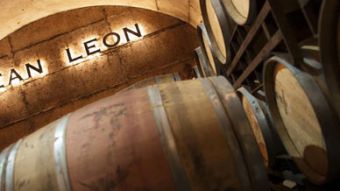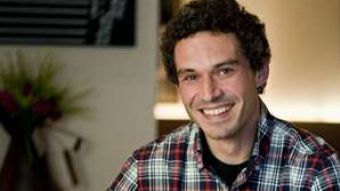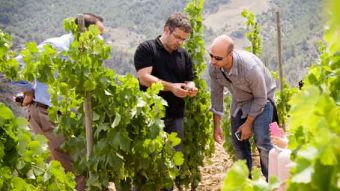Interview with Pedro Bonet Ferrer, President of the Cava Regulatory Board. "“We wanted to elevate cava to the highest possible level”
Pedro Bonet Ferrer (born in Barcelona in 1946) is about to close one of the most productive periods for the Cava Regulatory Board, which he has presided over for four years. An alumnus of the Jesuitas de Casp School and a graduate of the University of Barcelona with a degree in Economics, he joined the family company after finishing his university studies. He became the Managing Director, then President, of the historic Henri Abelé Champagne “Maison” (1986 to 2007), with offices on Rue Sillery in Reims. He is currently a Member of the Board and Director of Communications and Public Relations of the Freixenet Group, a world leader in quality sparkling wines produced according to the traditional method. In 2005, he took over from Joan Juvé Santacana at the head of one of the most important Spanish wine brotherhoods, the Cofradía del Cava Sant Sadurní. In 2013 he passed the baton to Toni de la Rosa Torelló. In the following exclusive interview, Pedro Bonet expresses his satisfaction at the work he has achieved at the Cava Regulatory Board, which was aimed at “elevating cava to the highest possible level.”
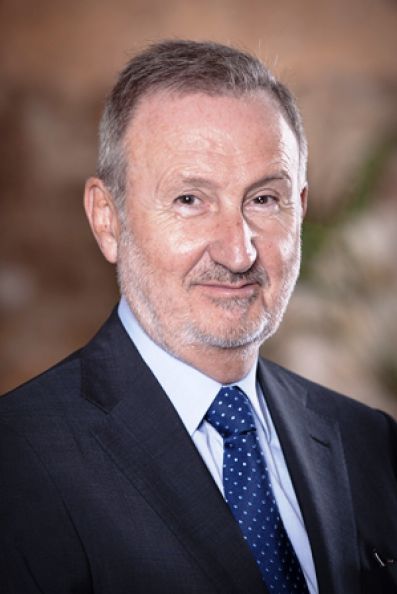 When Pedro Bonet became President of the Cava DO Regulatory Board at the end of 2013, there were dark clouds on the horizon. Bonet prefers to describe the outlook as “uncertain”. In any event, because of the ridiculously low prices being paid, falling sales due to the economic crisis, penetration of private labels in supermarkets, political turmoil, lack of unity in the sector, and the significant number of wineries which had migrated from the Cava DO to the Penedès DO in order to sell their sparkling wines as Classic Penedès, the cava sector found itself at an important crossroads. Much has happened since then, and, thanks to the excellent work carried out, the dark clouds on the horizon have now dissipated. In fact, when Bonet arrived, he must have thought that, although “reaching the sky” seemed impossible, it was also his only limit. He immediately set about drawing up an ambitious road map with the clear objective of “trying to improve the image of cava and to create higher added value which would benefit the entire industry, from the vineyards to the marketing of the wine.” In other words: “We wanted to elevate cava to the highest possible level.” Today, he says that “it’s been gratifying for me and a great privilege and honour to have been of some service to the international cava brand as the President of its Regulatory Board.” To achieve his objective, he knew that it would be “vital” to get the wine growing and winemaking communities aligned behind the Regulatory Board’s strategy. He sought to bring positions closer together so that everyone was pulling in the same direction and working to the same criteria. To that end, he made the cava producers realize that, at the heart of the institution, “we’re all colleagues and not competitors.” Key to his success have been the creation of a marketing department headed by Silvia Grimaldo and, above all, the significant professional contribution made by the General Secretariat and Technical Services teams, headed by Maria Eugènia Puig and Paco González, respectively. Bonet believes that these “supremely professional individuals” were “determining factors” in the achievement of the objectives set out.
When Pedro Bonet became President of the Cava DO Regulatory Board at the end of 2013, there were dark clouds on the horizon. Bonet prefers to describe the outlook as “uncertain”. In any event, because of the ridiculously low prices being paid, falling sales due to the economic crisis, penetration of private labels in supermarkets, political turmoil, lack of unity in the sector, and the significant number of wineries which had migrated from the Cava DO to the Penedès DO in order to sell their sparkling wines as Classic Penedès, the cava sector found itself at an important crossroads. Much has happened since then, and, thanks to the excellent work carried out, the dark clouds on the horizon have now dissipated. In fact, when Bonet arrived, he must have thought that, although “reaching the sky” seemed impossible, it was also his only limit. He immediately set about drawing up an ambitious road map with the clear objective of “trying to improve the image of cava and to create higher added value which would benefit the entire industry, from the vineyards to the marketing of the wine.” In other words: “We wanted to elevate cava to the highest possible level.” Today, he says that “it’s been gratifying for me and a great privilege and honour to have been of some service to the international cava brand as the President of its Regulatory Board.” To achieve his objective, he knew that it would be “vital” to get the wine growing and winemaking communities aligned behind the Regulatory Board’s strategy. He sought to bring positions closer together so that everyone was pulling in the same direction and working to the same criteria. To that end, he made the cava producers realize that, at the heart of the institution, “we’re all colleagues and not competitors.” Key to his success have been the creation of a marketing department headed by Silvia Grimaldo and, above all, the significant professional contribution made by the General Secretariat and Technical Services teams, headed by Maria Eugènia Puig and Paco González, respectively. Bonet believes that these “supremely professional individuals” were “determining factors” in the achievement of the objectives set out.
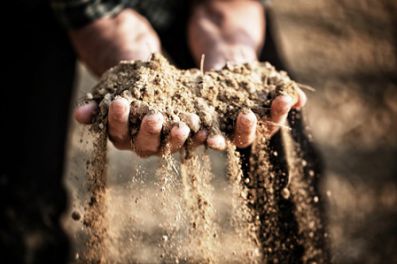
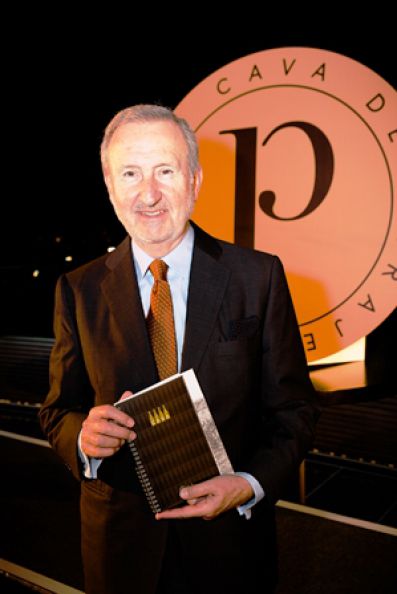 Pedro Bonet hopes that the new “Paraje Calificado” cavas will be “the tool” that will allow them to achieve even greater success. In fact, he has travelled around the world in the past few years promoting the sector’s highest quality wines and showing a target audience made up of renowned international opinion leaders (sommeliers, journalists, and representatives from specialist stores), that cava is much more than its cheap mass-market image. Indeed, Bonet argues that one of cava's great qualities lies in its diversity, as well as its versatility with food. Promotional events have been held in Japan, Germany, Poland, the UK, the US, Canada, the Netherlands, Belgium, Denmark, and Italy. They have even established collaboration synergies with prestigious academic institutions, including the Basque Culinary Centre, and created the “Best International Cava Sommelier” competition. This contest, which takes place every two years, is held in 11 Spanish cities, as well as in Belgium and Mexico City. Its aim is to support the training of professionals and to improve their cava knowledge.
Pedro Bonet hopes that the new “Paraje Calificado” cavas will be “the tool” that will allow them to achieve even greater success. In fact, he has travelled around the world in the past few years promoting the sector’s highest quality wines and showing a target audience made up of renowned international opinion leaders (sommeliers, journalists, and representatives from specialist stores), that cava is much more than its cheap mass-market image. Indeed, Bonet argues that one of cava's great qualities lies in its diversity, as well as its versatility with food. Promotional events have been held in Japan, Germany, Poland, the UK, the US, Canada, the Netherlands, Belgium, Denmark, and Italy. They have even established collaboration synergies with prestigious academic institutions, including the Basque Culinary Centre, and created the “Best International Cava Sommelier” competition. This contest, which takes place every two years, is held in 11 Spanish cities, as well as in Belgium and Mexico City. Its aim is to support the training of professionals and to improve their cava knowledge.
After three years of laborious technical and administrative work, a ministerial order was signed on the 6th of July of this year, officializing the “Paraje Calificado” cavas, a new category, which increases the visibility of cava’s most premium products. This category sits at the pinnacle of the cava quality pyramid. These products are now finally reaching the shelves. Their RRP usually exceeds €50 and, in some cases, they even retail for as much as €175. Bonet believes that these new “Paraje Calificado” cavas do “justice” to cava, and that they establish “an excellent product.” Additionally, he sees them as a quality wake-up call and hopes that their prestige and excellence will spread to the rest of the cava industry's high-end products.
Activity to promote cava drinking among younger adults has been stepped up, with the creation of events such as the Cava Nights or Cava Sound. The Cava Regulatory Board has also just announced the Cava Mixology Competition, aimed at raising awareness of the potential of cava-based cocktails among professionals and promoting its consumption with younger consumers.
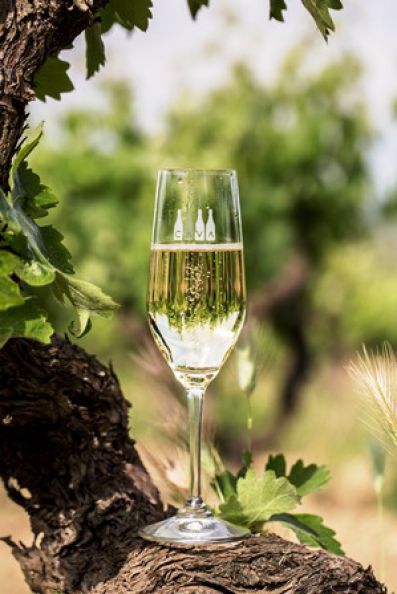 Pedro Bonet wanted to elevate cava to “the highest category of wine in Europe.” Today, at the end of his term in office (which could be extended to March 2018), the Cava D.O. spans 33,903 hectares of vineyards (6,374 vineyard holdings) from which around 300 million kilos of grapes are harvested annually. There are 235 companies producing cava and 162 producing the base wine. Within the challenging economic environment of the last decade, the cava industry has shown itself to be strong. Thanks to the hard work invested by the producers and to their strategic focus on positioning the premium products in international markets, cava has consolidated its position as the leading Spanish Denomination of Origin in terms of exports, and the biggest D.O. in the world using the traditional sparkling wine production method. In the last fiscal year, cava sales topped the 245 million bottle mark. Last year’s sales value was €1,079.6 million, 2.3% higher than in 2015.
Pedro Bonet wanted to elevate cava to “the highest category of wine in Europe.” Today, at the end of his term in office (which could be extended to March 2018), the Cava D.O. spans 33,903 hectares of vineyards (6,374 vineyard holdings) from which around 300 million kilos of grapes are harvested annually. There are 235 companies producing cava and 162 producing the base wine. Within the challenging economic environment of the last decade, the cava industry has shown itself to be strong. Thanks to the hard work invested by the producers and to their strategic focus on positioning the premium products in international markets, cava has consolidated its position as the leading Spanish Denomination of Origin in terms of exports, and the biggest D.O. in the world using the traditional sparkling wine production method. In the last fiscal year, cava sales topped the 245 million bottle mark. Last year’s sales value was €1,079.6 million, 2.3% higher than in 2015.










